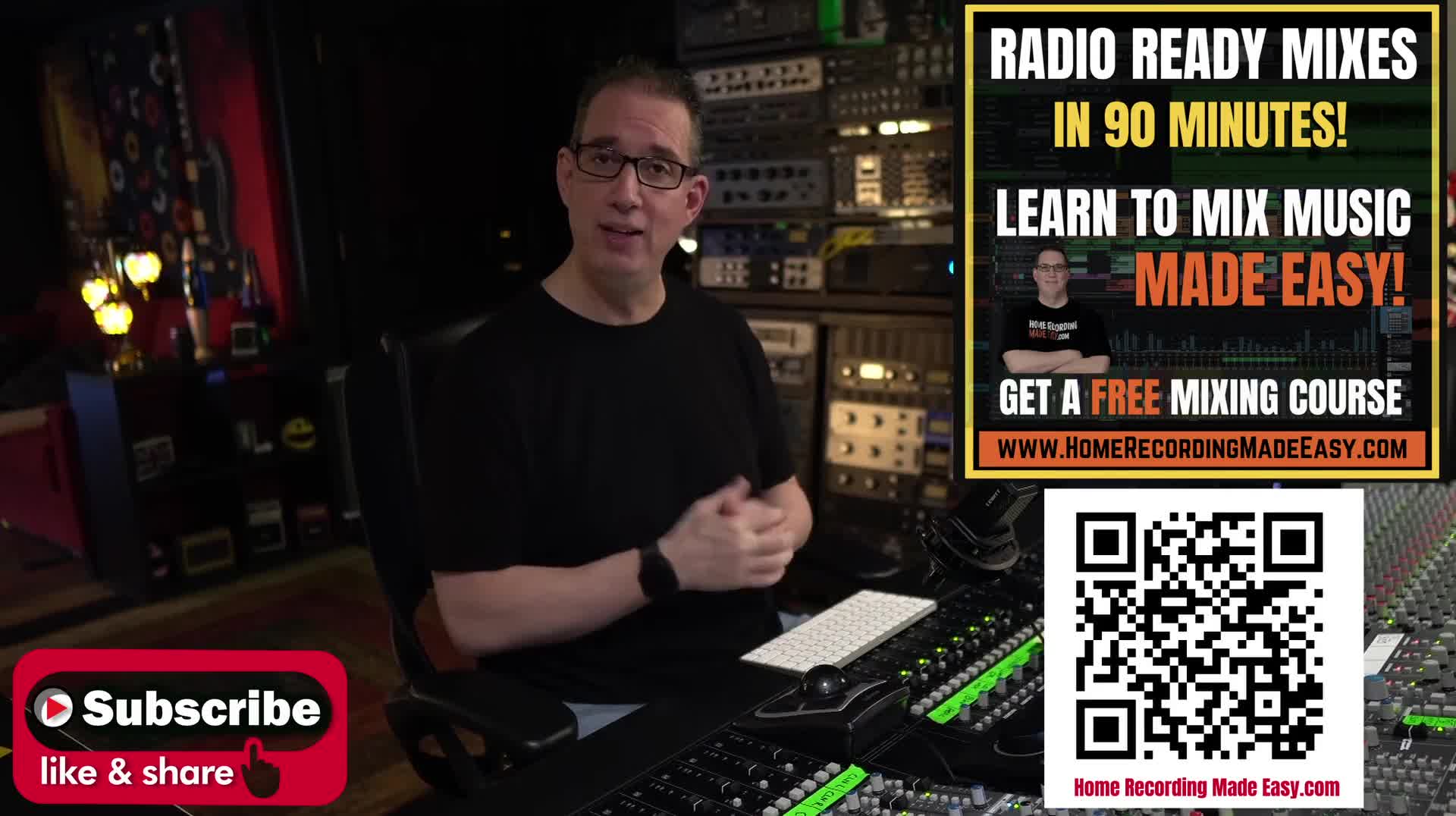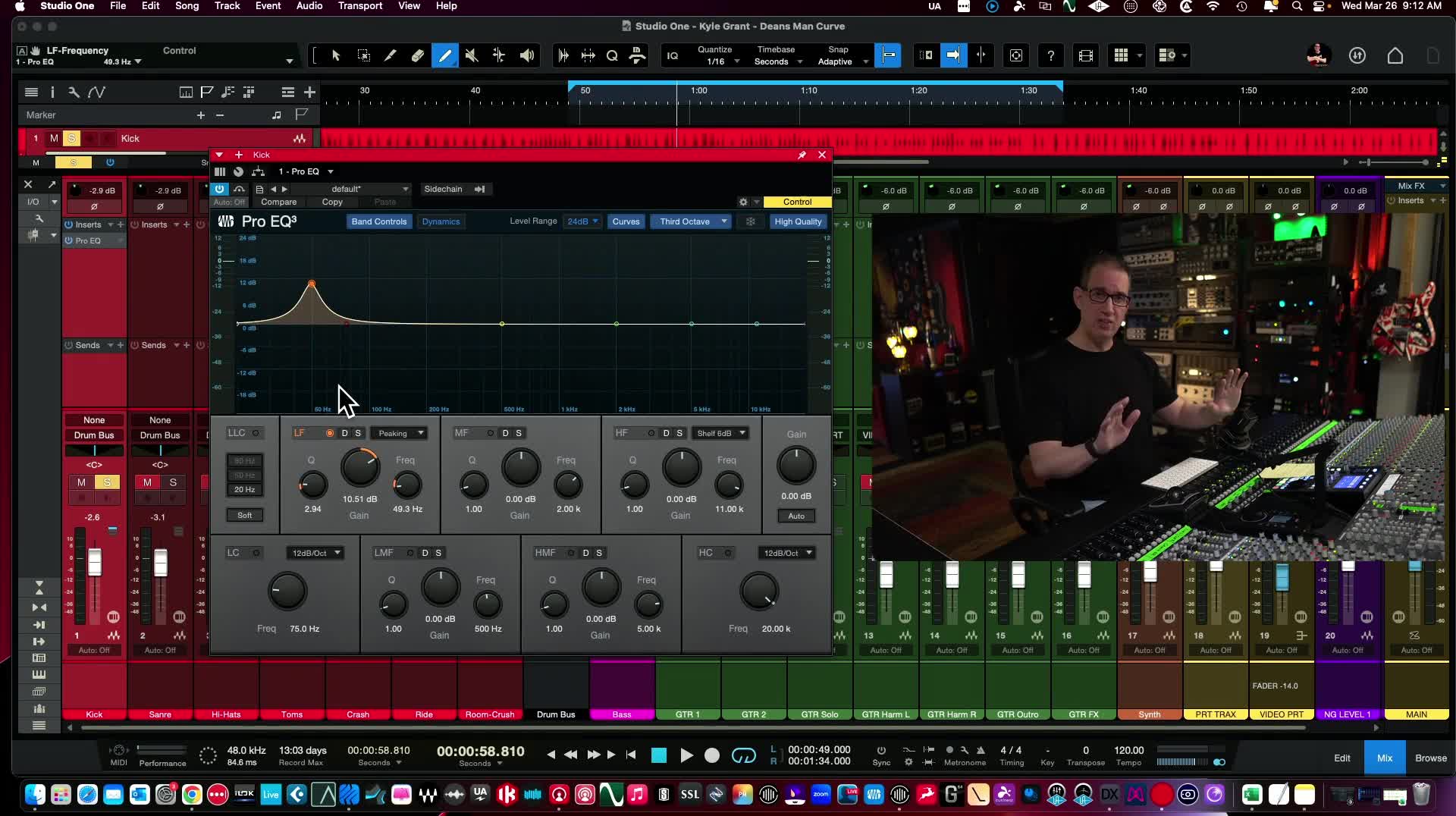Mastering the Basics of EQ with Kick Drums: A Beginner’s Guide

Hey everybody! Welcome to HomeRecordingMadeEasy.com and our YouTube channel. If you're starting out on your audio mixing journey, you're in the right place. Dive in as we unravel the mysteries of EQ, specifically focusing on the kick drum. This guide is perfect for beginners struggling with EQ, and by the end of this article, you'll have a solid understanding of how to EQ a kick drum both in solo and within the entire mix. Let's get you up and running with these straightforward, effective tips!
Understanding the Power of EQ
Equalization, or EQ, is often misunderstood by newcomers to music production. But fear not! It's simpler than you think. As you master EQ, you'll discover it enhances your sounds rather than distorts them. This guide exclusively focuses on the kick drum—a pivotal element in most tracks. Our aim? To ensure you not only grasp the basics but also feel confident experimenting with EQ settings on any track.
Why EQ the Kick Drum?
The kick drum sets the pace and provides the foundational rhythm for most tracks. It's crucial for it to have a clear, powerful presence. As a beginner, you might wonder: why can't I just leave it as it is? Well, more often than not, a few tweaks can help ensure it fits seamlessly within the mix, enhancing the overall sound without overpowering other elements.
First Things First: Listen
Before diving into any EQ adjustments:
-
Listen to the Kick Drum: Play it both in isolation and within the mix.
-
Identify What You Like or Dislike: Determine any elements you wish to enhance or diminish.
-
Purposeful Adjustments: Avoid randomly tweaking settings. Everything you do should serve a clear purpose.
Here's a standout quote to remember:
"If it sounds good, it is good." Don't feel compelled to change things for the sake of changing. Trust your ears!
Practical Steps: EQing the Kick Drum
Step 1: Isolation Listening
Let's begin by focusing on the kick drum. Start by isolating the kick and listening closely. Do you like how it sounds? Does it have enough thump or maybe too much muddiness? These are the questions you need to ask before making any adjustments.
Step 2: Basic EQ Techniques
Here's a straightforward method to EQ a kick drum:
-
Boost the Low End (Thump): Generally found between 45-65 Hz. This gives the kick a solid, recognizable weight.
-
Use a low-frequency point and sweep around until you hit that sweet spot.
-
Example EQ Boost:
## Boost at 55 Hz- Frequency: 55 Hz- Gain: +3 dB -
-
Cut the Mid-Range (Honkiness): That nasal, boxy sound often lives around 350-500 Hz.
-
Sweep this range and cut to reduce unwanted noise.
-
-
Enhance the Highs (Click/Attack): The beater’s click usually resides between 1.5K and 4.5K Hz.
-
Boost this range for clarity and a sharper attack.
-
-
Roll-Off the Lows: Use a low-cut filter around 20-30 Hz to eliminate unnecessary rumble that doesn't contribute to the clarity or character.
Here is an example layout of these EQ steps:
## Low-End Thump Adjustment- Frequency: Around 50-60 Hz- Action: Boost## Mid-Range Honkiness Reduction- Frequency: 350-500 Hz- Action: Cut## High-End Attack Enhancement- Frequency: 2K-4K Hz- Action: BoostStep 3: Contextual Listening
After these initial tweaks, ensure you return to the entire mix. The kick drum should now meld into the track rather than stand out separate from it. Listen and adjust until it feels "right."
Bypassing & Comparing
Regularly bypass your EQ settings to hear the before and after effects. This helps determine if your adjustments truly enhance the sound.
Further Steps and Resources
If you're eager to expand on this foundation, consider delving into more advanced techniques in future sessions. Remember, this is just the beginning! Practice these strategies consistently, and before you know it, EQing will feel like second nature.
Check out our free mixing course at HomeRecordingMadeEasy.com. It's chock-full of insights and practical advice, perfect for beginners.
Additional Resources
-
EQ Made Easy Course: For an in-depth exploration, consider enrolling in our EQ Made Easy course using the discount code: YOUTUBE25 for 25% off.
Conclusion
By now, you should have a solid grounding in EQ basics for kick drums. Remember to always approach each session with intent, listening carefully, and adjusting wisely. EQ is an art form—it requires practice, patience, and passion. Keep experimenting, and you'll soon hear the sweet sounds of success in your mixing projects.
Thank you for sticking around until the end! Be sure to leave a comment letting us know what you found most helpful or what areas you'd like to explore further. Until next time, keep mixing and happy recording!




